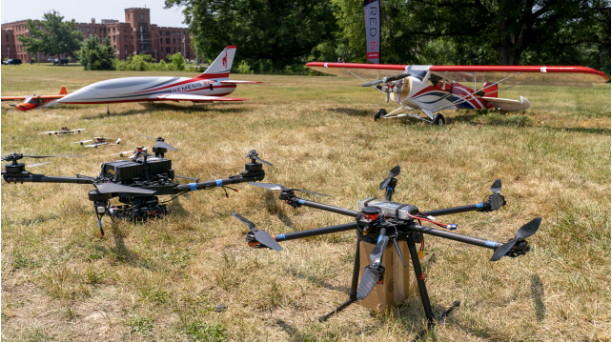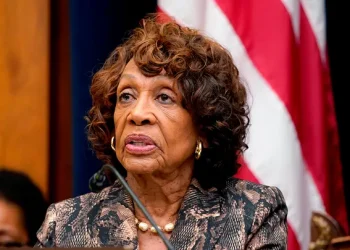President Donald Trump signed a pair of executive orders on Friday aimed at boosting the U.S. drone industry and countering the growing threat of unauthorized unmanned aircraft.
One order focuses on making it easier to manufacture and export American drone technology for commercial and safety-related uses. It sets a roadmap for regulators to propose new rules that will allow more drone flights beyond the operator’s line of sight — a move that could benefit sectors like infrastructure, deliveries, and public safety.
“The time has come to accelerate testing and to enable routine drone operations, scale up domestic production, and expand the export of trusted, American-manufactured drone technologies to global markets,” the order states.
The second order targets national security, calling for stricter measures to prevent unauthorized drones from entering sensitive areas such as public gatherings, law enforcement zones, and military bases.
A new drone threat task force will be created, and existing counterterrorism agencies are being directed to assess drone-related threats more closely. The Federal Aviation Administration will also roll out a rule restricting drone flights in designated sensitive airspace.
Agencies will explore whether more airports and federal sites should be covered under current drone restrictions. They’ll also evaluate new counter-drone technologies for potential use in protecting public events and national security operations.
Rear Adm. Paul C. Spedero Jr. of the U.S. Navy, speaking at a recent House Oversight hearing, warned that U.S. defenses against drones remain vulnerable.
“The homeland is no longer a sanctuary,” Spedero testified. “Should our adversary choose to employ drones for surveillance or even attack, we would not be prepared to adequately defend our homeland and only marginally capable to defend our military installations.”
Earlier this year, a top Pentagon official reported that over 350 drone sightings were recorded near 100 military sites across the U.S. in 2024 alone.
The newly signed orders aim to close those gaps — both by strengthening homeland defenses and positioning the U.S. as a global leader in secure drone innovation.








